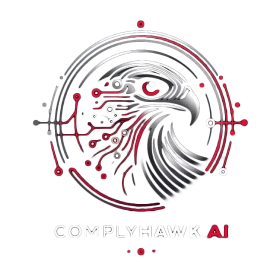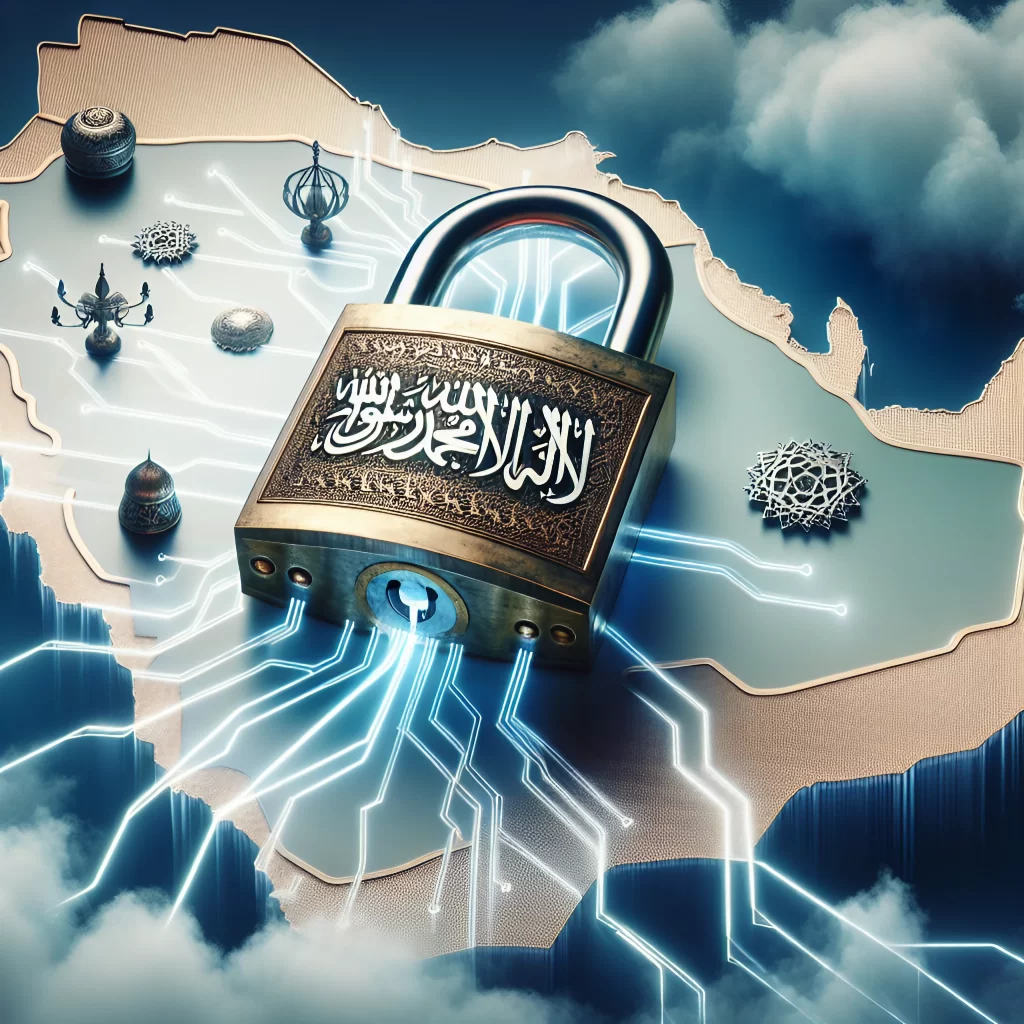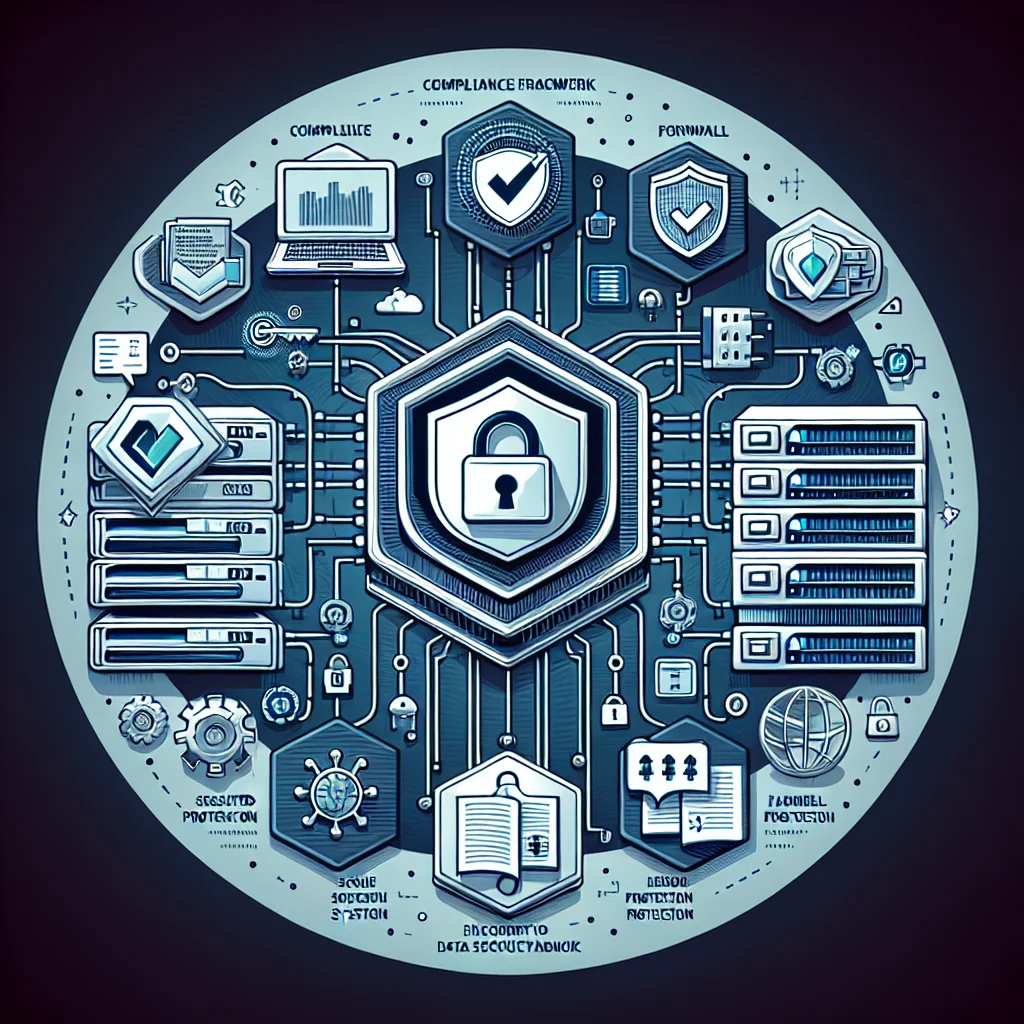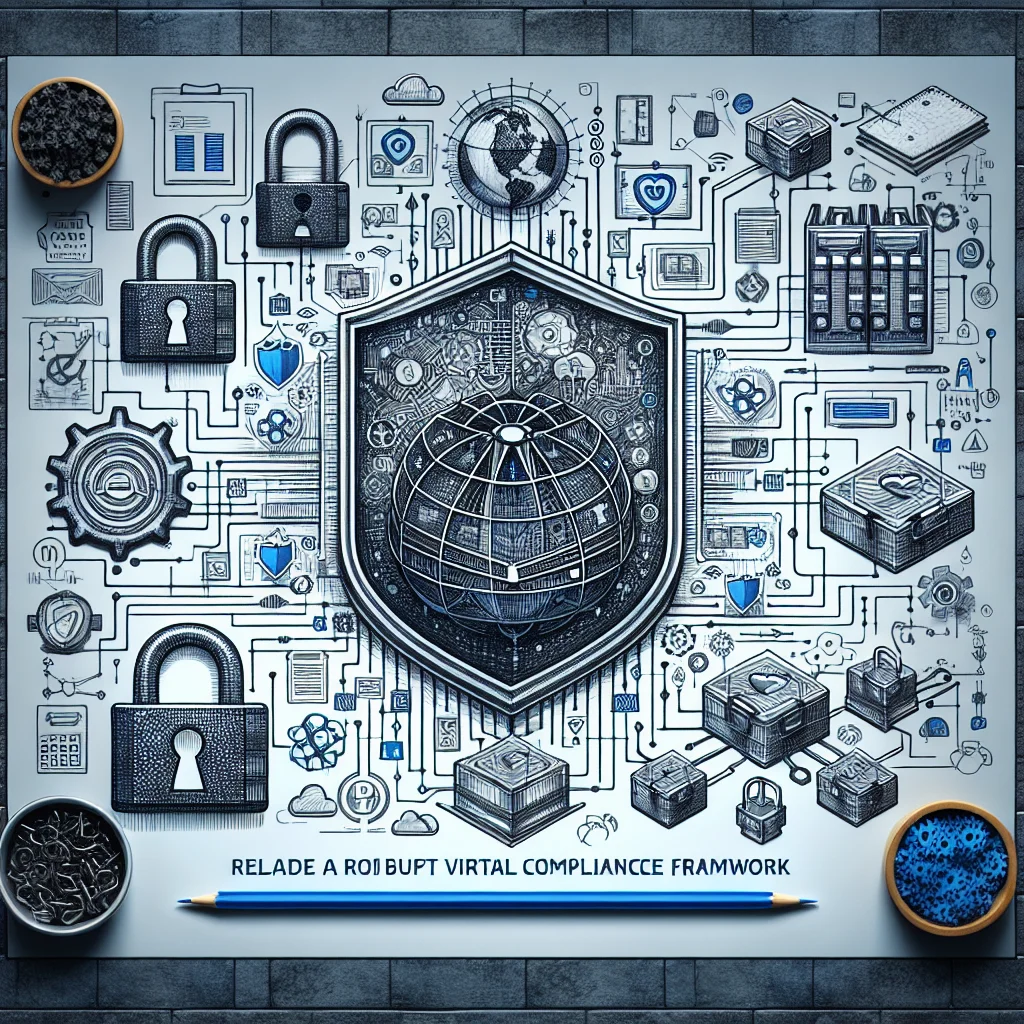In today’s rapidly evolving digital landscape, the responsibilities of a Chief Information Security Officer (CISO) have never been more critical. Ensuring the security and compliance of an organization’s information systems is paramount. One of the key tools in a CISO’s arsenal is the NIST Risk Management Framework (RMF)—a structured approach to managing risks associated with information systems. In this comprehensive guide, we will explore the intricacies of the NIST RMF, frequently asked questions by CISOs, considerations specific to the Middle East, and common controls across various frameworks.
What is the NIST Risk Management Framework (RMF)?
The NIST RMF is a set of standards and guidelines developed by the National Institute of Standards and Technology (NIST) to help organizations manage and mitigate risks associated with their information systems. The framework provides a systematic approach to identifying, assessing, and managing risks, ensuring that information systems remain secure and resilient against threats.
Who is it for?
The NIST RMF is designed for federal agencies, contractors, and organizations that handle sensitive government data. However, its principles and practices are also applicable to private sector organizations seeking to enhance their cybersecurity posture and comply with regulatory requirements.
Key Features of the NIST RMF
a. Structured Approach:
- Six-step process for risk management.
- Comprehensive Coverage:
- Addresses all aspects of information system security.
- Scalability:
- Applicable to organizations of all sizes.
- Continuous Monitoring:
- Ongoing assessment and improvement of security measures.
- The Six Steps of the NIST RMF
- Categorize Information Systems:
- Determine the impact levels of information systems based on confidentiality, integrity, and availability.
- Select Security Controls:
- Choose appropriate security controls from NIST SP 800-53 based on the system’s categorization.
- Implement Security Controls:
- Apply the selected security controls and document their implementation.
- Assess Security Controls:
- Evaluate the effectiveness of the implemented security controls to ensure they meet security requirements.
- Authorize Information System:
- Obtain official authorization to operate the system based on the assessment results.
- Monitor Security Controls:
- Continuously monitor the security controls to detect and respond to changes and potential threats.
- Frequently Asked Questions by CISOs
1. What are the key benefits of implementing the NIST RMF?
The NIST RMF provides a structured approach to managing risks, ensuring comprehensive coverage of security measures, scalability, and continuous monitoring.
2. How does the NIST RMF differ from other frameworks like ISO 27001?
While both frameworks aim to enhance cybersecurity, the NIST RMF focuses on risk management for federal agencies and contractors, whereas ISO 27001 provides a global standard for information security management systems (ISMS).
3. Can the NIST RMF be tailored to meet specific organizational needs?
Yes, the NIST RMF is designed to be flexible and scalable, allowing organizations to tailor its implementation based on their unique risk profiles and requirements.
4. What are the common challenges faced during the implementation of the NIST RMF?
Challenges may include resource constraints, resistance to change, complexity of the framework, and maintaining continuous monitoring.
5. How can automation enhance the implementation of the NIST RMF?
Automation streamlines the risk management process, reduces human error, enhances efficiency, and ensures continuous monitoring and compliance.
6. What role does continuous monitoring play in the NIST RMF?
Continuous monitoring is crucial for maintaining the effectiveness of security controls, detecting changes, and responding to potential threats in real-time.
7. How can organizations ensure compliance with the NIST RMF?
Compliance can be ensured through regular assessments, audits, documentation, and leveraging automated compliance platforms.
8. Are there any specific considerations for implementing the NIST RMF in the Middle East?
Organizations in the Middle East should consider regional regulations, cultural factors, and potential geopolitical risks when implementing the NIST RMF.
9. What are the key components of NIST SP 800-53?
NIST SP 800-53 provides a catalog of security controls, organized into families, that can be selected and tailored based on the organization’s risk assessment.
10. How does the NIST RMF address cloud security?
The NIST RMF includes guidance for securing cloud-based systems, focusing on shared responsibility, data protection, and continuous monitoring.
11. What is the role of senior leadership in the NIST RMF?
Senior leadership plays a crucial role in providing support, resources, and oversight for the implementation and maintenance of the NIST RMF.
12. How can organizations integrate NIST RMF with other frameworks?
Integration can be achieved by mapping common controls, aligning processes, and leveraging automated platforms to streamline compliance efforts.
13. What are the documentation requirements for the NIST RMF?
Documentation includes system categorization, security control selection and implementation, assessment results, authorization decisions, and continuous monitoring activities.
14. How can organizations measure the effectiveness of their NIST RMF implementation?
Effectiveness can be measured through regular assessments, audits, key performance indicators (KPIs), and feedback from stakeholders.
15. What are the training and awareness requirements for the NIST RMF?
Training and awareness programs should be conducted to ensure that personnel understand their roles and responsibilities in the risk management process.
16. How does the NIST RMF handle incident response and recovery?
The framework includes guidance for incident response planning, detection, analysis, containment, eradication, and recovery.
17. What is the role of risk assessment in the NIST RMF?
Risk assessment is a critical component of the NIST RMF, helping organizations identify, prioritize, and mitigate risks to their information systems.
18. How can organizations maintain continuous compliance with the NIST RMF?
Continuous compliance can be maintained through regular assessments, automated monitoring tools, and staying updated with regulatory changes.
19. What are the potential consequences of non-compliance with the NIST RMF?
Non-compliance can result in legal and regulatory penalties, reputational damage, and increased vulnerability to cyber threats.
20. How can organizations leverage the NIST RMF to gain a competitive advantage?
Implementing the NIST RMF can enhance an organization’s cybersecurity posture, build trust with stakeholders, and differentiate it from competitors.
Middle East Specific Considerations
Implementing the NIST RMF in the Middle East requires addressing unique regional challenges and considerations. These may include:- Regulatory Landscape:
- Understanding and complying with local cybersecurity regulations and standards.
- Cultural Factors:
- Considering cultural nuances and communication styles when implementing and managing the framework.
- Geopolitical Risks:
- Assessing and mitigating potential geopolitical risks that may impact information security.
- Common Controls Between Frameworks
When implementing the NIST RMF, it’s essential to recognize common controls shared with other frameworks like ISO 27001 and PCI DSS. This not only streamlines compliance efforts but also enhances the overall security posture. Here are some common controls:- Access Control (AC):
- NIST RMF (AC-1): Access Control Policy and Procedures
- ISO 27001 (A.9.1.1): Access Control Policy
- PCI DSS (7.1): Limit access to system components and cardholder data to only those individuals whose job requires such access.
- Incident Response (IR):
- NIST RMF (IR-1): Incident Response Policy and Procedures
- ISO 27001 (A.16.1.1): Responsibilities and Procedures
- PCI DSS (12.10.1): Implement an incident response plan.
- Configuration Management (CM):
- NIST RMF (CM-1): Configuration Management Policy and Procedures
- ISO 27001 (A.12.1.2): Change Management
- PCI DSS (6.4): Follow change control processes and procedures.
- Audit and Accountability (AU):
- NIST RMF (AU-1): Audit and Accountability Policy and Procedures
- ISO 27001 (A.12.4.1): Event Logging
- PCI DSS (10.2): Implement automated audit trails.
- Recognizing these common controls can help CISOs and IT professionals streamline their compliance efforts across various frameworks, ensuring a holistic approach to information security.
Conclusion
The NIST RMF provides a robust foundation for managing risks and ensuring the security of information systems. By understanding its principles, addressing regional considerations, and recognizing common controls across frameworks, CISOs and IT professionals can enhance their organization’s cybersecurity posture.
If you’re a CISO or IT professional looking to streamline your compliance efforts and enhance your organization’s cybersecurity posture, consider partnering with an automated compliance platform such as ComplyHawk, which specializes in this framework and region.
Start your compliance journey with ComplyHawk today and secure your organization’s future.



